Forget about spaceships: Aliens could be “cosmic hitchhikers” traveling on free-floating planets.


Dear SRI Friends and Supporters.
You are warmly invited to follow **Aldo Spadoni, President and Chairman of the Board of Trustees of the International Association of Astronomical Artists (IAAA),** next Monday June 6th, 19:00 UTC, discussing the role of art in space exploration and humanity expansion into outer space.
Here’s the link for the livestream, on the Space Renaissance Youtube channel:
If you will like what you see, please subscribe to the channel!
Also, click ‘going’ on the Facebook event.
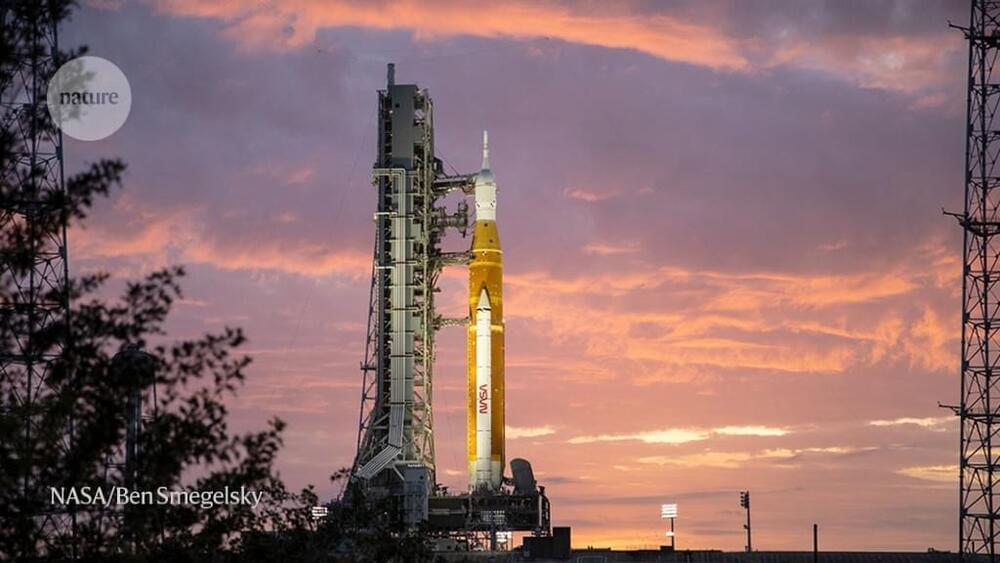
Returning to the Moon will represent a vital step for the preservation of our collective future. Though space colonization may indeed prove more challenging than was initially anticipated, the rise of commercial spaceflight and the cooperation of industry and government (as described in this article) may open new doors. It is my hope that economic and policy innovations will further incentivize space colonization and pave the way towards a future where everything we are and everything we will be can continue to prosper into distant tomorrows. As a synthetic biologist, I hope to contribute towards ensuring that humans can thrive in space and on other worlds. I am extremely excited about these contemporary Moon missions!
#space #spacecolonization #spacetravel #nasa #spaceindustry #future #tech #inspiration
The world’s most powerful rocket will make a trip around the Moon in 2022 — a step towards landing people there in 2025, and part of the US Artemis programme.
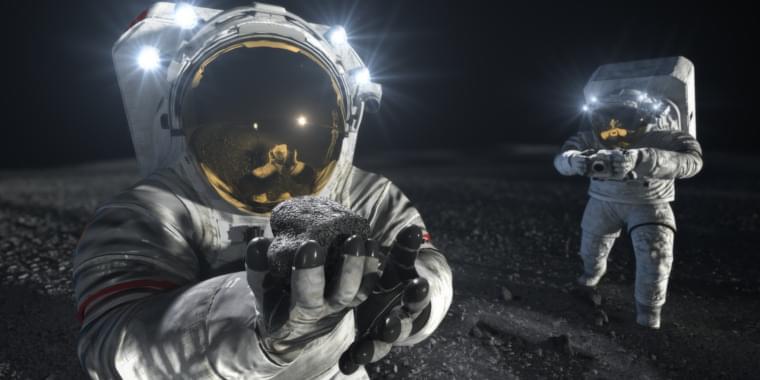
Interesting news:
Trump launched the Artemis program which aimed to land astronauts on the Moon again. The interesting news is that Biden has continued this program instead of deciding on some different goal. First, Biden awarded the Artemis Human Landing System to SpaceX’s Starship and now his administration has made another big move.
NASA had spent over $400 million over the past decade trying to create spacesuits for a new Moon landing without much success. Instead of spending more money, they have now shut down this program and have awarded big bucks to two competing companies to finish this program. One of these companies is Axiom Space which is also well into the process of creating a replacement for the ISS. The last interesting Axiom Space move is that they flew four private astronauts to the ISS less than two months ago, using Crew Dragon. (And have much more lined up for the future.)
We knew there was always a transition to industry in our future.
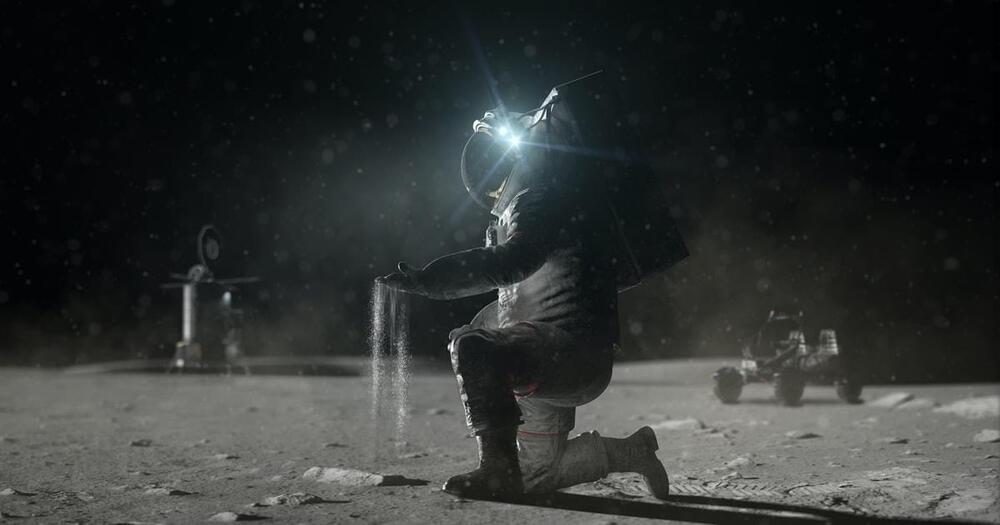
On May 31, 2012, a SpaceX Dragon capsule touched down to Earth after successfully launching into space and docking with the ISS. The private space industry would never be the same again.
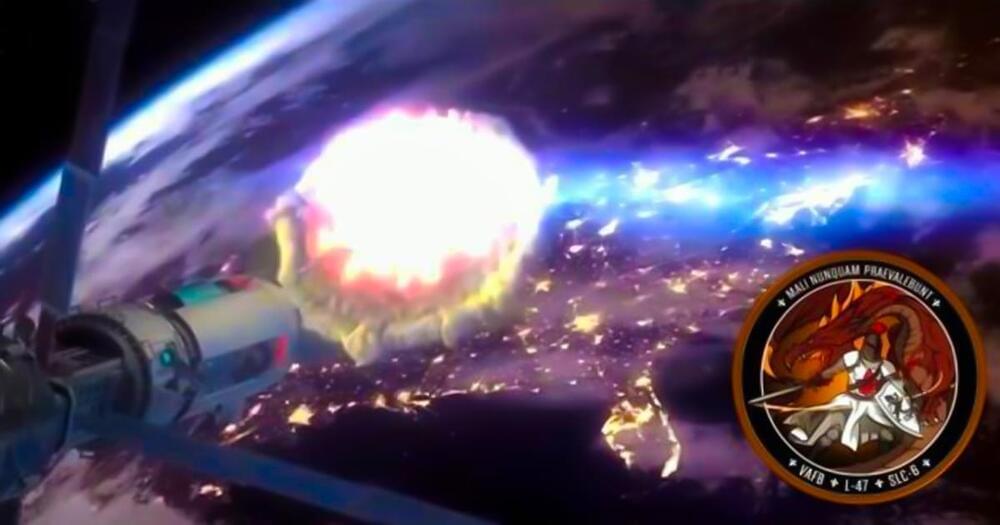
Although the media has reported that the Zuma Spacecraft had failed right off the ground many believe that this was all a lie made to essentially make people forget about it.
This has only been further proven by the mysterious flash that appeared on the night’s sky causing a ton of ground shaking over thousands of miles in Russia.
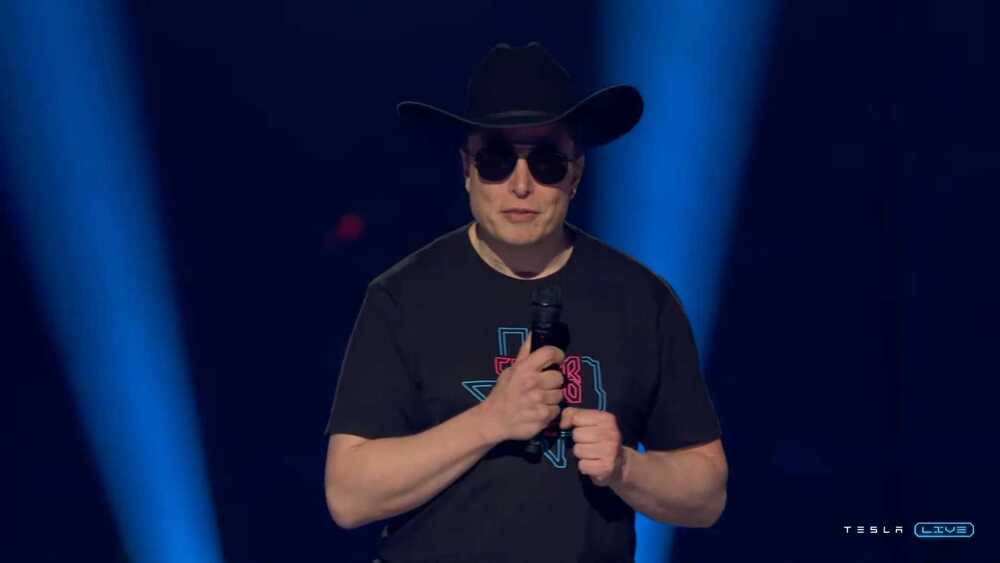
Musk’s focus on asking and answering the right questions has played a major role in the Tesla CEO’s success, as recently reported by Inc.com. With the billionaire’s net worth floating around $200 billion, even critics have to admit that a few different factors put Musk in that position, and his business savvy is definitely one of them.
Beyond being a founder of both Tesla and SpaceX, Musk’s brands have increased mainstream awareness of both EVs, a necessary step forward for the climate, and for space exploration, a huge and growing industry, for lack of a better description.
But asking the right questions is central to Musk’s ethos as a CEO, and he’s revealed this time and time again. Musk’s leadership style has discouraged the chain of command mentality in favor of the free flow of information, and he has used this to encourage anyone to search for the right questions at the right times — a strategy crucial to Musk’s approach.
